How to Light the Pilot on Flat Top Grill: A Guide from Your Grill Master
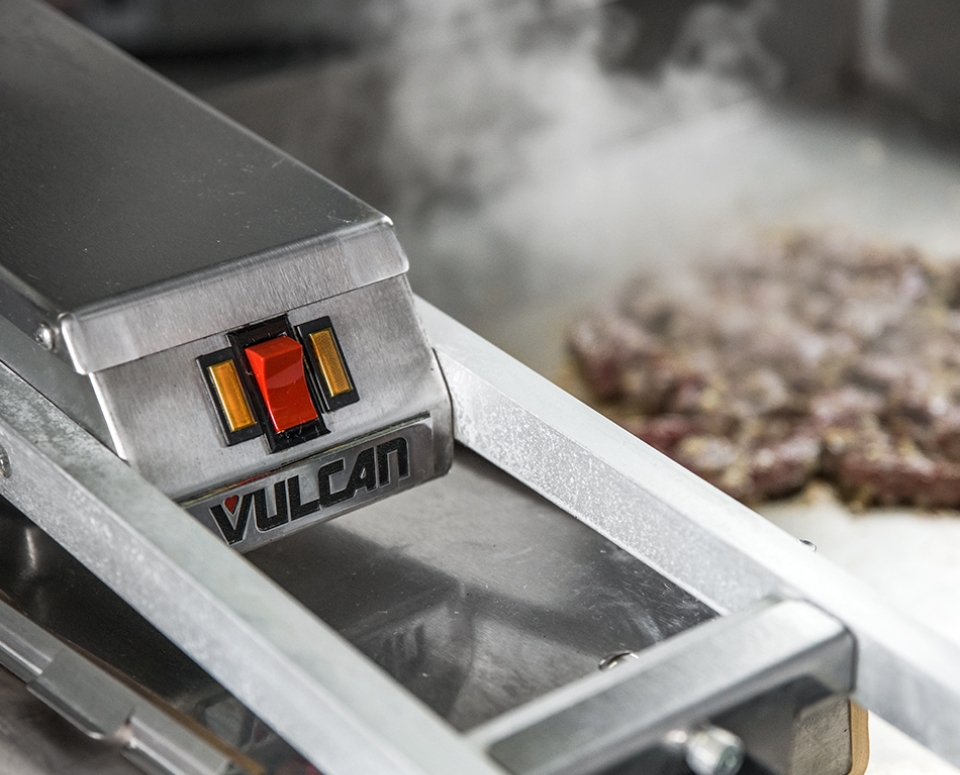
A pilot light is your grill’s best friend, keeping the fire alive and ready to roast. It’s not just a convenience–it’s a safety feature, too, ensuring gas isn’t released without being immediately ignited.
The Grill of it All: Understanding the Components of a Flat Top Grill
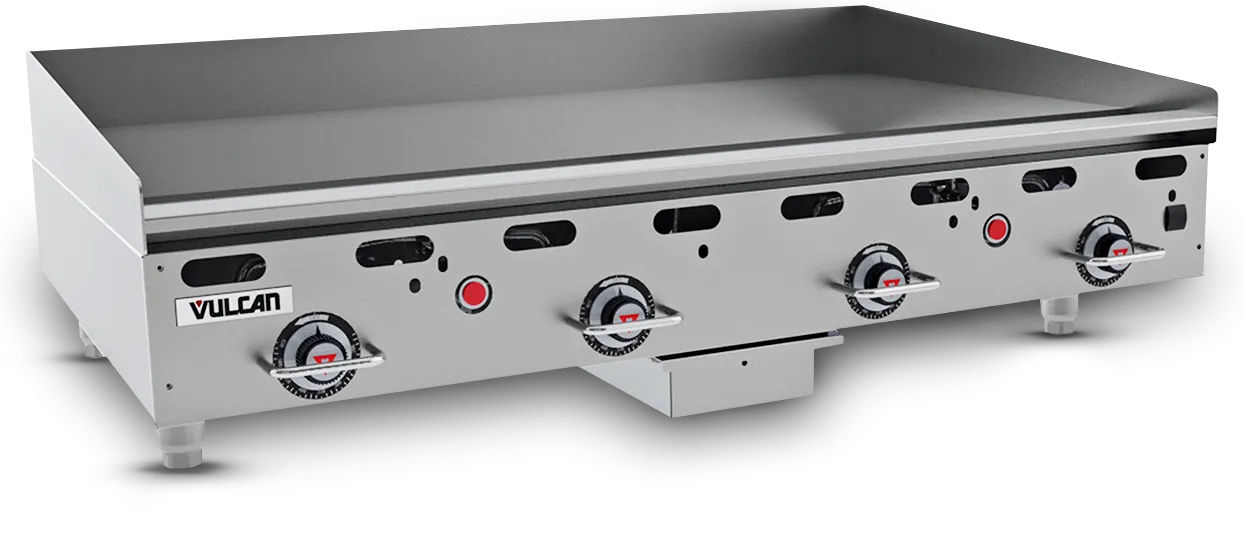
The heart of your flat top grill consists of the pilot light, burners, and ignition systems. These are all connected by a network of gas lines that deliver fuel from your propane or natural gas source.
The pilot light is a small gas flame that serves as the ignition source for your gas burner. It’s the heartbeat of your grill, keeping the fire alive and ready to roar when you need it.
The burner is where the main action happens. The gas is ignited to produce the heat you need for grilling. The pilot light provides the flame you need to light the burner.
The ignition system sparks the initial flame that lights the pilot. Your grill is most likely to use one of these two ignition systems.
- Standing pilot: The light stays lit constantly, and the main burners can be lit whenever needed.
- Electronic ignition: Only lights the pilot when the grill is turned on.
Gas Connections and Flow: The Lifeblood of Your Grill
Your grill’s gas connections and flow are like its circulatory system, delivering fuel from your propane or natural gas source to the various parts of your grill.
Gas enters your grill through a gas line connected to your propane or natural gas source. From here, it flows through a series of valves and tubes to reach the pilot light and burners.
When you turn your grill on, the gas control valve opens to allow gas to flow to the pilot light. Once the pilot light is lit, it can ignite the main burners, providing the heat you need for grilling.
Safety Precautions: No Smoke Without Fire
Clear your grill area of flammable materials, and always make sure you’re dressed for success with proper attire and protective gear.
Remember, turn off the gas at the source before you start lighting, and always give your connections a good once-over for gas leaks.
If you smell something funky that you know isn’t spoiled food, see a white cloud or dust blowing around the gas line, or hear a hissing sound, it’s time to turn off the gas supply, evacuate, and contact the pros immediately.
If there’s a gas leak, lighting the pilot light can cause an explosion. If gas builds up in an enclosed space, a single spark can ignite it.
Besides the risk of explosion, a gas leak could lead to fire if there’s an ignition source nearby – be it from a cigarette or a spark from an electrical appliance.
Step-by-Step Guide: From Pilot Light to Night Light
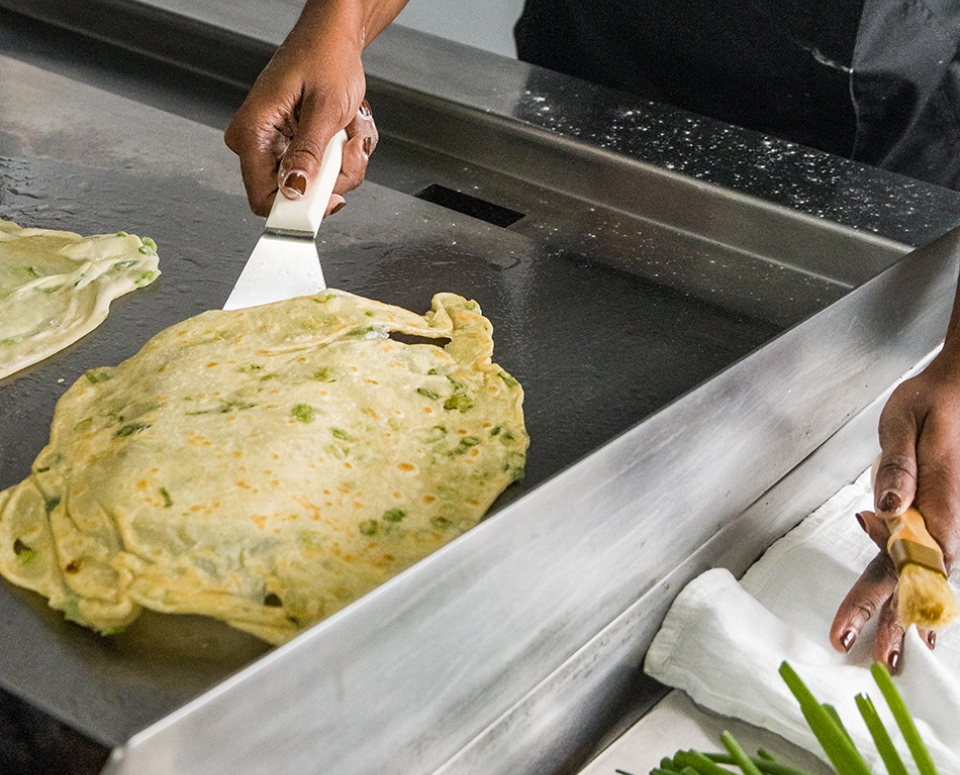
Depending on the manufacturer and model, you may need to push a button or turn a pilot knob to start it. Always follow the manufacturer’s instructions. Different flat top grills may have specific steps or precautions, so it’s always best to refer to the instruction manual.
Once you’ve cleared the area of debris and ensured gas is available:
- Locate the pilot light assembly.
- Turn the gas valve on. Listen for the hiss of gas flowing.
- Ignite the pilot using a long lighter or igniter. Keep the flame steady and focused on the pilot until it lights.
- Keep an eye on the pilot for a steady flame. If it’s consistent, you’re ready to roll!
After lighting the pilot, light the burners. Adjust your temperature knob slowly to allow gas to flow steadily and avoid sudden bursts of flame that could be potentially dangerous.
If you’re manually lighting the burners, remove any glass covers first to ensure a clear view of what you’re doing and help prevent accidental burns or injuries.
Troubleshooting: Turning Up the Heat on Common Pilot Light Issues
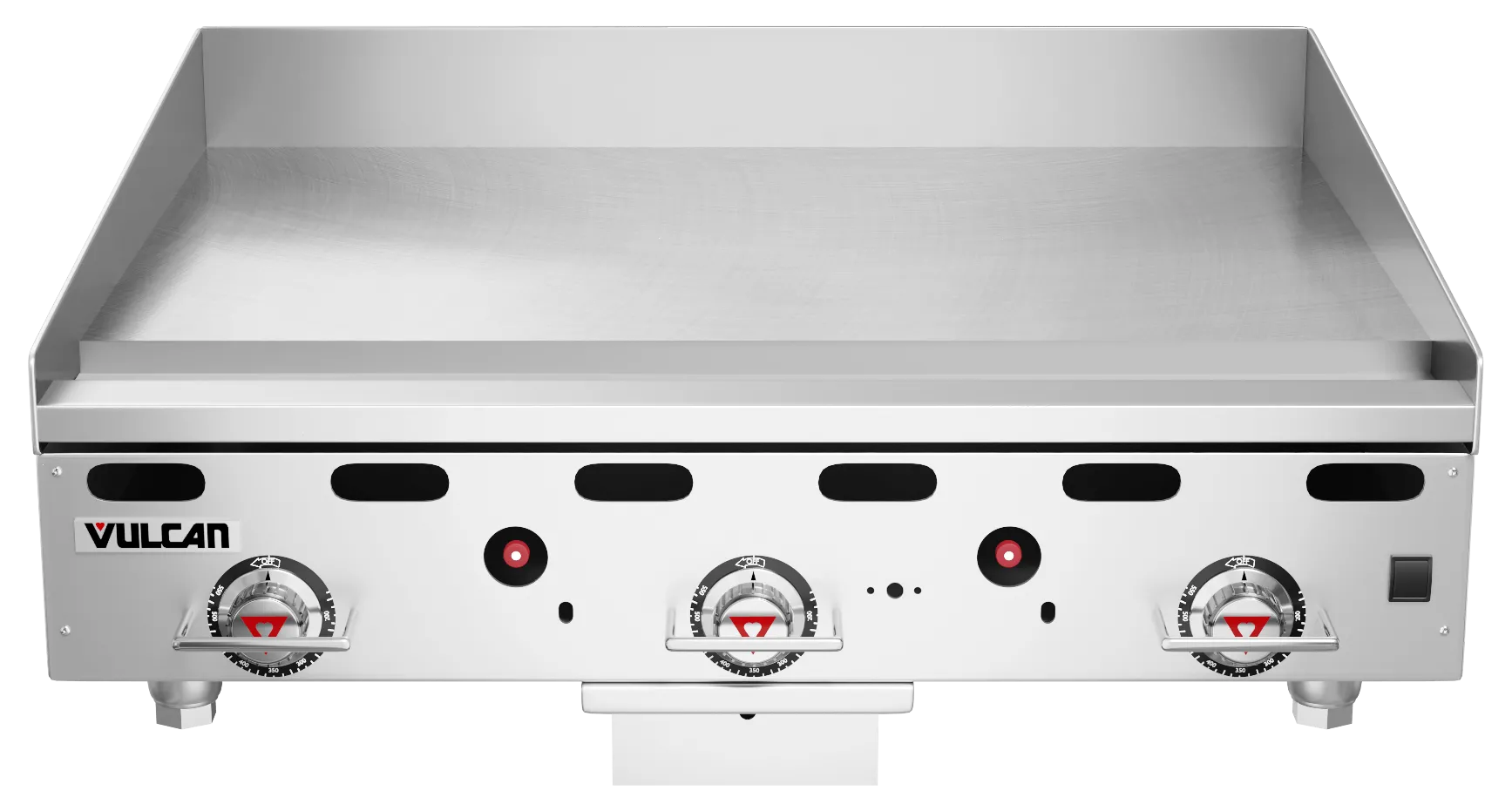
Sometimes, your pilot light might need a little extra love. If you’re having issues with your flat top grill or pilot light, here are some common problems and troubleshooting solutions.
- Addressing a Weak or Yellow Pilot Flame: A healthy pilot flame should burn blue. If you see yellow or orange, that’s a sign of trouble. It could be a weak pilot signal, or your grill isn’t hot enough to heat the thermocouple. The most common reason for this is a clogged air intake valve. Cleaning the valve will restore your pilot light to its blue glory.
- Resolving Problems with the Pilot Light Not Staying Lit: If your pilot light just doesn’t stay lit, it could be because of built-up grease, dirt, and grime at the pilot opening. Carefully clean it to restore a steady flame.
- Adjusting Pilot Flame Height: If your light goes out frequently, it might not get enough fuel. If you notice a red or yellow flame, this is likely the case, and you may need to adjust the flame height. Adjust the flame height by turning the pilot adjustment screw on the gas control valve.
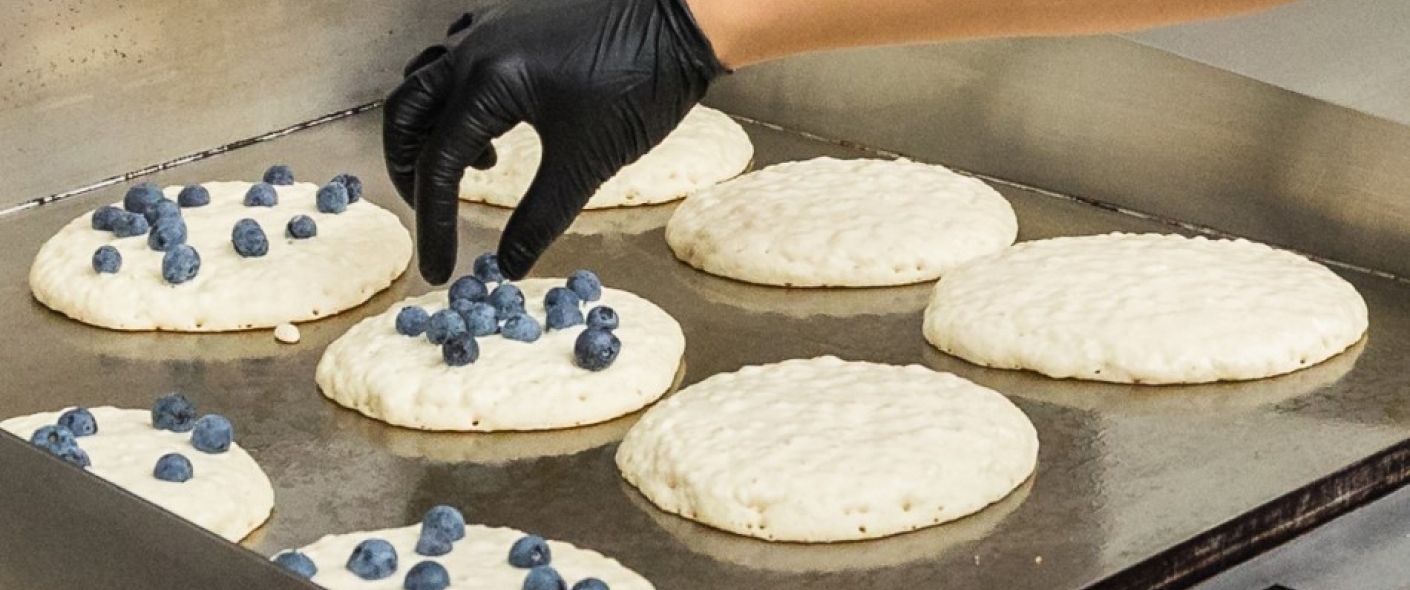
Maintenance Tips: Grill at Ease
Regular cleaning keeps your grill in tip-top shape. Wipe down the surface areas daily, and at least once a week, scrub the pilot light area to prevent gas blockages. A clean pilot light also means better energy usage and a longer life for your grill.
Regular checks of your gas connectors and lines are a must, and don’t hesitate to call in the pros for an annual check-up.
Remember, prevention is better than cure. Regular maintenance can catch problems early, saving you money and ensuring your grill is always ready to rock and roll. So, keep it hot, keep it safe!
